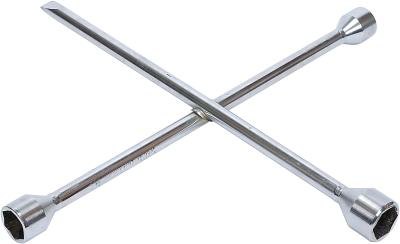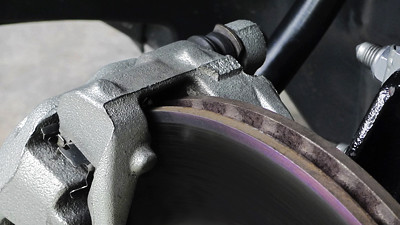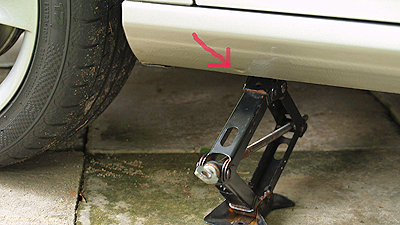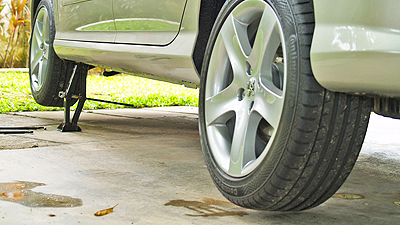
Removing the factory tint from your car windows can be quite a task. Tint film is composed of two layers. When pulled, the top layer may come off without too much trouble but leave the second layer behind. The most effective system includes pulling both layers together. If done incorrectly, you may spend hours scraping off the stuck pieces of tint. With the proper steps, you can remove the factory tint yourself and save the money a professional would charge to do the job for you.
Instructions
Windshields
- 1
Remove any obstructions from the window, such as the rear brake light.
2Spray the outside of the window with water and then cover it with plastic. Cut away excess plastic so that the tarp is roughly the shape of the window.
3Lay a tarp across the rear deck and seats. Cover the front dashboard with plastic. Spray the inside of the window with pure ammonia. You may want to wear a face mask. Ammonia is very strong.
4Cover the ammonia-soaked window with plastic and secure the plastic with tape.
5Park the car in a sunny area. Leave the car for one hour.
6Peel the tint off the window. Remove the plastic from the corner of the window. Leave as much the window covered as possible so the ammonia does not evaporate.
7Spray the corner again with ammonia. Use a razor to pull away the corner of the tint. Be careful not to cut through any defroster lines or antennas. Once the corner rises, grab the loose piece with both hands and pull it away from the window. Pull slowly and with consistent pressure; the goal is to pull the film off in one piece. You will pull the plastic off as the tint pulls away from the window. If necessary, spray ammonia as you pull. If the tint film breaks, spray ammonia and use the razor to restart it.
8Scrub off the adhesive residue stuck to the window once the film comes off. Spray the window glass again with ammonia. Use a fine steel wool pad to scrub off the adhesive.
9Spray the window with window cleaner and wipe it down with paper towels or newspaper.
Side Windows
- 10
Spray the window down with warm, soapy water. Let soak for two or three minutes.
11Use a razor blade in a holder and cut an opening in the tint.
12Slide the blade under the tint at the opening you cut. Pull enough of the tint film away so you can grasp it with your hands.
13Pull the film, using both hands, away from the window. Remove the film in segments until the window is clear.
14Spray the window down again with warm, soapy water. Scrape away any adhesive residue. Clean the window with spray cleaner and paper towels.




 A GPS-datalogger and MapSource were used for the data recording and processing respectively. The same set of equipment was also used for testing myPeugeot 206 before.
A GPS-datalogger and MapSource were used for the data recording and processing respectively. The same set of equipment was also used for testing myPeugeot 206 before. The "Century acceleration" on tiptronic* is about 400ms faster than the time recorded during previous test on AUTO.
The "Century acceleration" on tiptronic* is about 400ms faster than the time recorded during previous test on AUTO. However as can be seen from the "speed vs time" chart there are slight dips and surge during upshift at the end of 1st gear @050kph, 2nd gear @100kph and 3rd gear @160kph during which the torque dropped below 180Nm. After shifting up there was a soft jerk as the torque surged above 210Nm when the rpm dropped to app. 4000rpm.
However as can be seen from the "speed vs time" chart there are slight dips and surge during upshift at the end of 1st gear @050kph, 2nd gear @100kph and 3rd gear @160kph during which the torque dropped below 180Nm. After shifting up there was a soft jerk as the torque surged above 210Nm when the rpm dropped to app. 4000rpm.

 ...and the familiar look chart.
...and the familiar look chart. See, even on RON95 the 308 performs similar to manufactures claim: "
See, even on RON95 the 308 performs similar to manufactures claim: "



 *click HERE to find out what transfer-layer is all about and its significance.
*click HERE to find out what transfer-layer is all about and its significance.
 Affordable CONTINENTAL. Doesnt matter whether it is a 3-door or 5-door hatch but not too big - about the same size as the 206, but more powerful and agile than 206RC. A coupe is not acceptable.
Affordable CONTINENTAL. Doesnt matter whether it is a 3-door or 5-door hatch but not too big - about the same size as the 206, but more powerful and agile than 206RC. A coupe is not acceptable.

 Interior quality is improved, and there is more space for driver and passengers. Cabin materials include a nice rubbery dashboard which is soft to the touch, unlike 206 hard plastics. The upper door sills are also covered in thin rubber, but they simply cover hard plastic underneath. At least all armrests are padded to keep things comfortable. Rear legroom is ample for the class.The good-sized luggage area is shorter than that of a sedan, but the available height makes up for it. There are small storage spaces around the cabin.
Interior quality is improved, and there is more space for driver and passengers. Cabin materials include a nice rubbery dashboard which is soft to the touch, unlike 206 hard plastics. The upper door sills are also covered in thin rubber, but they simply cover hard plastic underneath. At least all armrests are padded to keep things comfortable. Rear legroom is ample for the class.The good-sized luggage area is shorter than that of a sedan, but the available height makes up for it. There are small storage spaces around the cabin. The CKD 308 THP has a 140hp 1.6-litre 4-cylinder with a turbocharger tacked on. The turbo makes itself heard with slight whooshing sounds. On paper it clocks off a 0-to-100 kph in less than 10 seconds, which is in my opinion better than any equivalent car - thanks to the impressive 240Nm of torque constantly available from 1,400rpm all the way to 5,000rpm.
The CKD 308 THP has a 140hp 1.6-litre 4-cylinder with a turbocharger tacked on. The turbo makes itself heard with slight whooshing sounds. On paper it clocks off a 0-to-100 kph in less than 10 seconds, which is in my opinion better than any equivalent car - thanks to the impressive 240Nm of torque constantly available from 1,400rpm all the way to 5,000rpm.


 Peugeot 308 turbo can run [effectively/efficiently] on RON95 as indicated by the label on the back of the fuel filler lid. No worry!
Peugeot 308 turbo can run [effectively/efficiently] on RON95 as indicated by the label on the back of the fuel filler lid. No worry! 














.jpeg)




.png)
.png)



